Technological Innovations
The Insulating Glass Window Market is benefiting from ongoing technological innovations that enhance the performance and functionality of insulating glass products. Advances in manufacturing processes, such as the development of low-emissivity coatings and gas fills, have significantly improved the thermal insulation properties of windows. These innovations not only contribute to energy savings but also enhance the aesthetic appeal of buildings. Furthermore, the introduction of smart glass technologies, which can adjust their properties based on environmental conditions, is likely to attract a new segment of consumers. As technology continues to evolve, the insulating glass window market is poised for substantial growth, driven by the demand for high-performance and versatile window solutions.
Energy Efficiency Regulations
The Insulating Glass Window Market is experiencing a surge in demand due to stringent energy efficiency regulations imposed by various governments. These regulations aim to reduce energy consumption in buildings, thereby promoting the use of insulating glass windows that enhance thermal performance. For instance, the implementation of energy codes and standards has led to a notable increase in the adoption of double and triple-glazed windows, which are known for their superior insulation properties. As a result, manufacturers are focusing on developing products that comply with these regulations, thereby driving innovation and growth within the industry. The market is projected to expand as more regions adopt similar energy efficiency mandates, creating a favorable environment for insulating glass window solutions.
Rising Construction Activities
The Insulating Glass Window Market is significantly influenced by the rising construction activities across various sectors, including residential, commercial, and industrial. As urbanization continues to accelerate, there is an increasing demand for new buildings that incorporate energy-efficient solutions. According to recent data, the construction sector has seen a steady growth rate, with investments in infrastructure development reaching unprecedented levels. This trend is likely to bolster the demand for insulating glass windows, as builders and architects seek to enhance the energy performance of their projects. Furthermore, the integration of insulating glass windows in new constructions not only meets regulatory requirements but also appeals to environmentally conscious consumers, thereby driving market growth.
Consumer Awareness and Preferences
The Insulating Glass Window Market is witnessing a shift in consumer preferences towards energy-efficient and sustainable building materials. Increased awareness regarding the environmental impact of traditional windows has led consumers to seek alternatives that offer better insulation and lower energy costs. Surveys indicate that a significant percentage of homeowners are willing to invest in high-performance insulating glass windows, recognizing their long-term benefits. This growing consumer consciousness is prompting manufacturers to innovate and market their products more effectively, thereby enhancing competition within the industry. As consumers continue to prioritize sustainability and energy efficiency, the demand for insulating glass windows is expected to rise, further propelling market growth.
Government Incentives and Subsidies
The Insulating Glass Window Market is positively impacted by various government incentives and subsidies aimed at promoting energy-efficient building practices. Many governments are offering financial incentives to encourage homeowners and builders to invest in insulating glass windows, which are recognized for their ability to reduce energy consumption. These initiatives not only lower the upfront costs associated with purchasing and installing high-performance windows but also contribute to long-term energy savings. As more governments implement such programs, the market for insulating glass windows is likely to expand, as consumers are motivated to take advantage of these financial benefits. This trend indicates a growing recognition of the importance of energy efficiency in building design and construction.


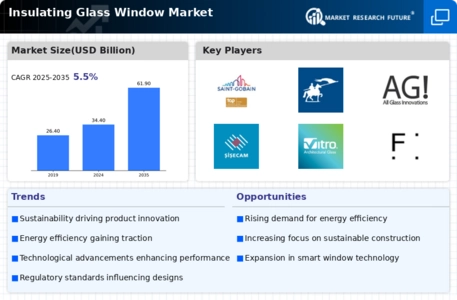
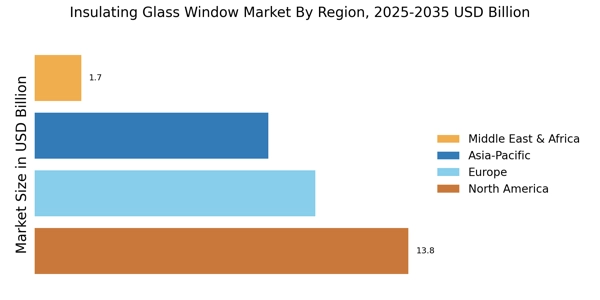

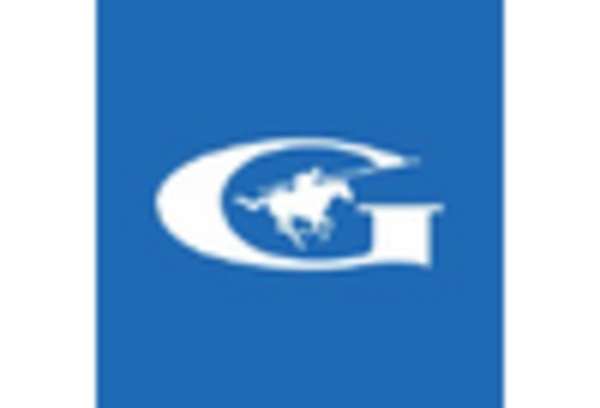
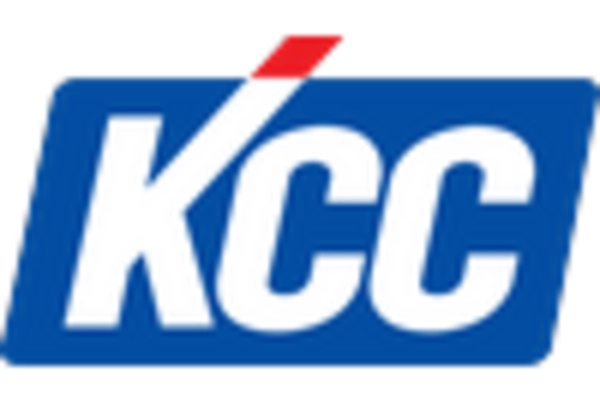

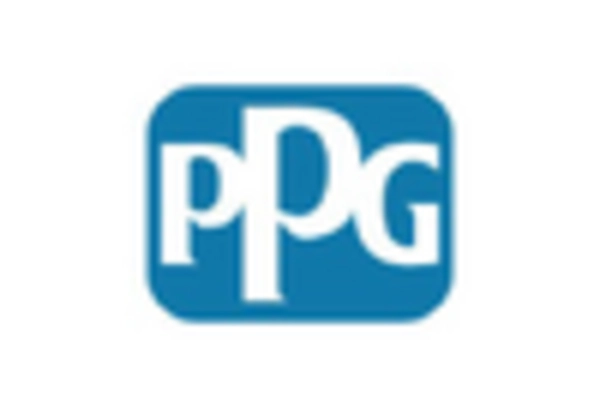









Leave a Comment